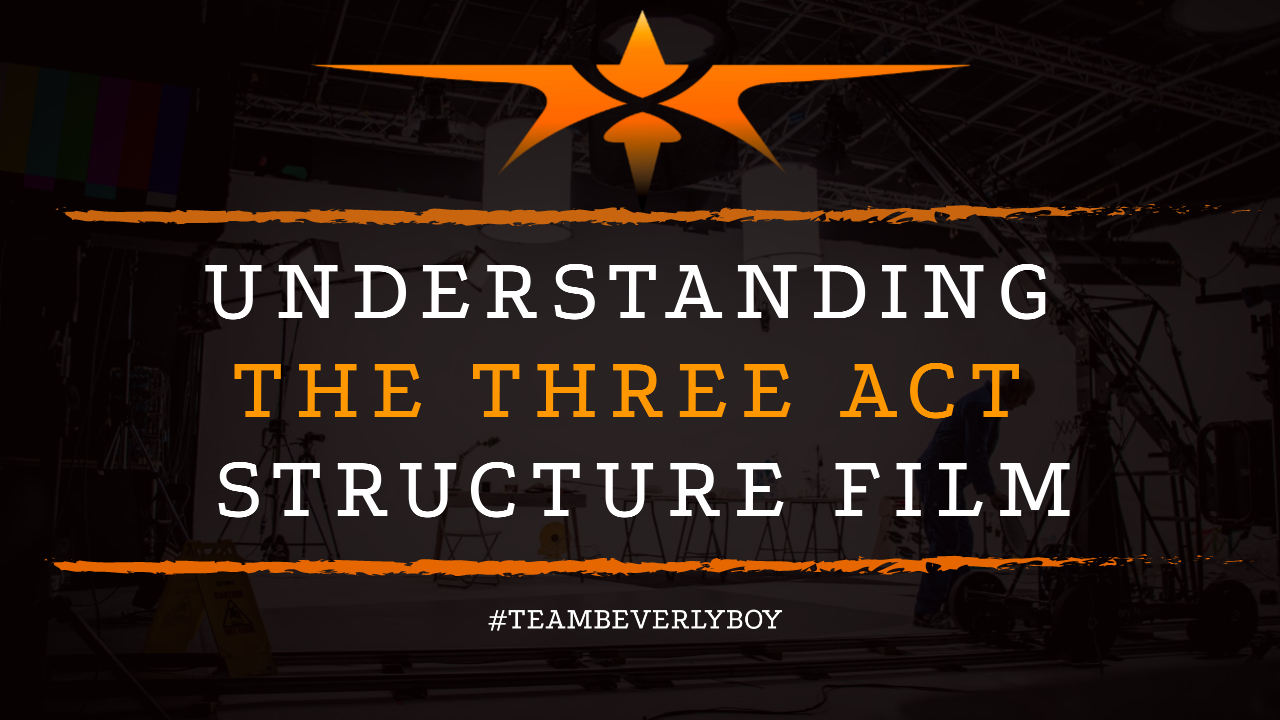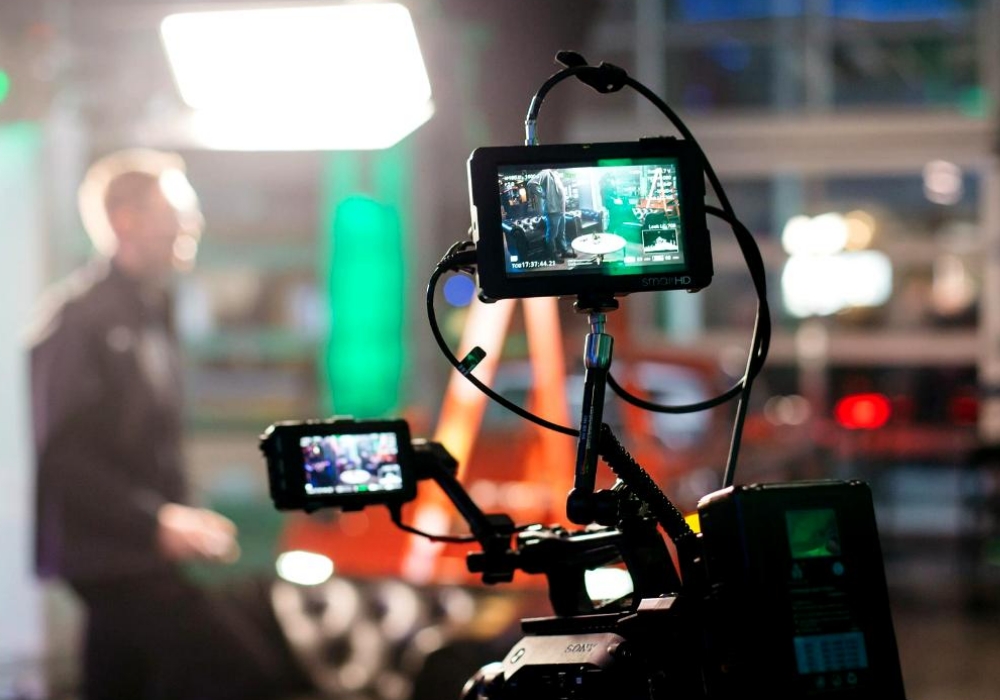
Understanding the Three Act Structure Film
The three act structure in film represents a unique method of screenplay writing and storytelling. That has been used for centuries to deliver a story to the desired audience. The definition of the three-act structure basically states that the three-act structure is a narrative that divides a story into three sections or acts, essentially representing a beginning, a middle and an end.

There are many different ways to describe the three-act structure in film. As simple as possible, we say beginning, middle and end. This is what we think of with early storytelling, when the plot is very basic, the characters equally as basic, and the story itself, not complex at all in nature.
Another way to describe the 3-act structure in film is a setup, confrontation, and resolution. And, yet another way is to state there is an introduction, body, and conclusion. They all essentially mean the same thing.
What is Three Act Structure in Film?

Three act structure in film states that with the right foundation of act one, and the appropriate exploration of the story in act two, then in act three the emotional arcs can be wrapped up and the story concluded.
Using three acts, a film can be produced by dividing the plot into sections that comprise the beginning, the middle and the end of the story.
Each section denotes specific elements of the narrative in which, when combined, result in a rising and falling of climax that we all know most closely as – a story.
Act 1 of the Three Act Structure
In Act One, the script outlines the important characters and the timing of the story as well as where the story takes place. A great, solid written act 1 will have the individual reading the script or watching the story, sticking around for the next pages or scenes.
This is your chance to draw the viewer or reader in and connect on a deeper level.
Character introductions take place as well as scene descriptions. This act sets up the world of the story for the rest of the plot to thicken.
Act one includes:
- Where we are.
- What we are.
- Who we meet.
- What the stakes are.
- What we can expect to happen.
Act 2 of the Three Act Structure
In Act Two of the three act structure in film, the confrontation takes place. This is where the characters come to life and the troubles are portrayed. Act two is really the meat and potatoes of the film, and is the opportunity to thrust the viewer into the plot as it thickens and as the continuation of the story unfolds.
Act two contains the climax and represents the time where your character will suffer the loss or other unimaginable events of the story. Things get real deep in act two, and the characters really begin to come together. This is the heavy lifting of the script or screenplay – the place where it all happens.
Act two includes:
- Character goals
- A time lock or deadline
- The b-story or support to story A
- Additional emotional connections
- Roadblock, hurdles or potential barriers to the goal
Act 3 of the Three Act Structure
In Act 3, the characters are pretty well defined, the audience is connected with them and they’re wondering – “What happens next?” This is the conclusion and your opportunity to bring the audience to the finish line.
Act three is where everything that took place in act 2 comes to a head and the climax ultimately bursts so that the story can de escalate. Characters confront their feelings, they reach their goals (or don’t) and they face their fears. Loose ends are tied up, and the story is ready to come to an end.
Act three includes:
- Characters reaching their lowest point.
- Coping with loss.
- Realizing that a goal will or will not be obtained after all.
- One last effort to win, at all cost.
- A final scene that completes the story.
The three act structure in film is used in almost all types of production and represents a unique way for the storyteller or author to create a plot that the audience can connect with and react to.


